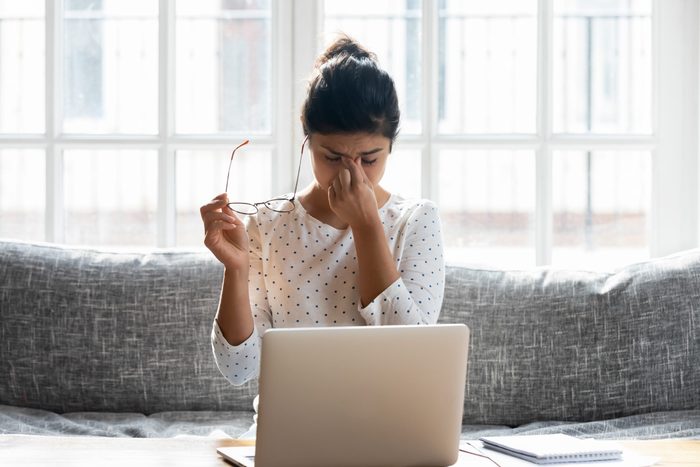
The prevalence of migraines
If you’re one of the 2.7 million Canadians who experience migraines, you know how much agony they can bring to your day. One moment you’re totally fine, and the next you’re on your back in a dark room begging your brain to stop thundering against your eye sockets. Many people also struggle to find the right treatment, which means stopping an attack isn’t as easy as downing a couple pills. The ultimate goal is to stop a migraine before it starts. Identifying your triggers—or what sets off an attack—can help you manage the frequency of your headaches.
“We believe and have evidence that migraineurs have hypervigilant nervous systems. Their nervous system is always on alert, and it doesn’t like change,” says Merle Diamond, MD, president and medical director of Diamond Headache Clinic in Chicago. This means you’re more sensitive to changes in the environment, whether it be to the weather, the food you eat, or a disruption in your routine. “The way you participate in self-care can impact the number of attacks you have,” she says. She’s not talking about bubble baths (though stress relief is important). If you get migraines, maintaining a healthy routine is the ultimate form of self-care.
Here’s how to find your triggers and what to do about them.
(Related: Am I Having a Headache or a Migraine? And More Migraine Questions, Answered)
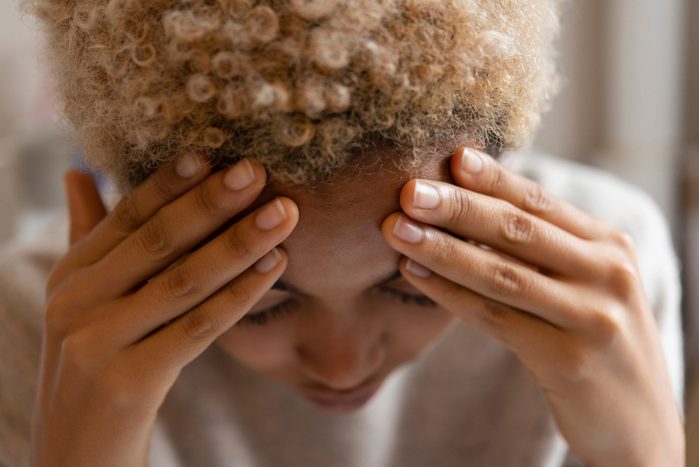
What are migraines?
Migraine is a type of headache. But don’t confuse the two—there’s a difference between a migraine and a headache. Typically, but not always, migraine pain will be one-sided and feel like intense throbbing. It may also come with other symptoms, like nausea, light sensitivity, and even a runny nose.
Some of the more common types of migraine include:
Migraine with aura
Also called a complicated migraine, these are accompanied by auras, or sensory and visual changes that occur before a migraine attack.
You might see zigzag lines across your vision, notice bright spots, or even have vision loss in spots. Maybe you go numb on one side of your body, or your muscles go weak. Some people may have difficulty speaking.
Migraine without aura
Also called a common migraine, this type involves throbbing pain on one side of the head, aversion to light and sound, and/or nausea and vomiting.
Migraine without head pain
Though most people think of migraines as supercharged headaches (and they often are), you can experience aura and symptoms like nausea without head pain.
Hemiplegic migraine
This type of migraine feels like a stroke. Symptoms strike one side of the body, so you might feel weakness in the muscles of your left side only, for instance.
Retinal migraine
If you temporarily lose vision in one eye during a migraine, you’re having a retinal migraine.
Chronic migraine
When you have more than 15 headache days per month, your condition is considered chronic migraines.
Ice pick headaches
Migraines that come with intense pain that makes you feel as if you’re being stabbed with an ice pick are aptly named ice pick headaches.
Cluster headaches
This type of severe headache is characterized by burning pain around much of your head, as well as swollen eyes and a runny nose.
Cervicogenic headache
Spinal lesions create pain in your neck that causes head pain. That’s what happens in the case of cervicogenic headaches.
(Related: Home Remedies That Will Make Your Headache Disappear)

Common migraine triggers
There are many migraine triggers. But what sets off one person’s migraine attack may not do the same for you. It’s important to identify your triggers so you can find the right course of treatment for you. Here are some of the most common things that set off a migraine attack.
(Related: How to Control Nasty Migraines (So They Don’t Interfere With Your Life))
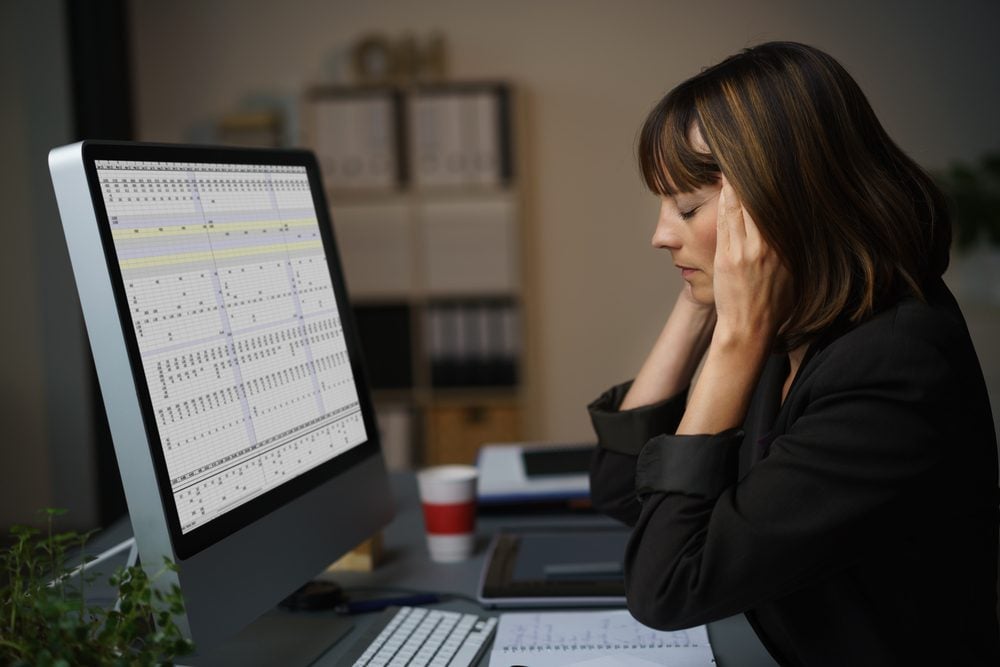
Stress and anxiety
Stress is the No. 1 trigger for migraine, says Danielle Wilhour, MD, assistant professor in the department of neurology at the University of Colorado School of Medicine in Aurora, Colorado. She points to past research in the journal Headache. Of 200 new migraine patients, 91 percent said they had at least one migraine trigger, and the most commonly reported (by 59 percent of respondents) was emotional stress. What’s more, those who get chronic migraines often have a higher perceived stress level than non-migraineurs, a study in The Journal of Headache and Pain found.
So why does stress fire up your migraines? One possible cause is the muscle tension that occurs when you clench up when stressed. Another possibility is that chemicals released during stress affect blood vessels and bring on a headache, says the National Headache Foundation.
Stress is an everyday part of life, Dr. Wilhour says, so it’s unlikely you can get rid of it completely. Instead, focus on stress-management practices like meditation and mindfulness or deep breathing. They can help your body naturally shift into calm mode. If you have major life stressors or have symptoms of depression and anxiety, seeking out professional counseling can help you develop tools to cope with the stress.
(Related: Why We Undereat When We’re Stressed)
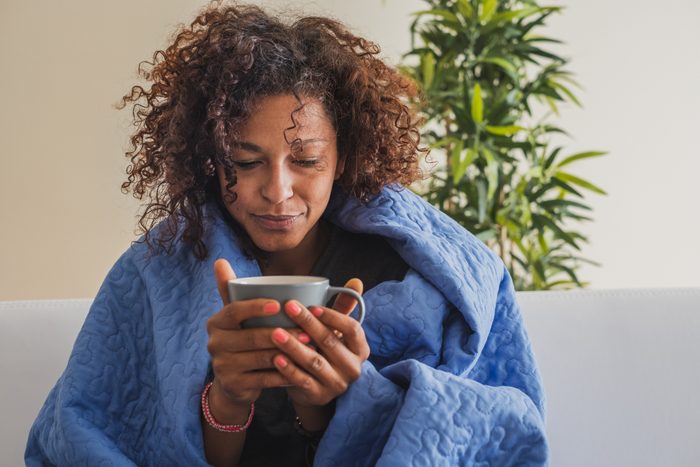
Weather
Barometric weather changes, as well as the temperature outside, are known to trigger migraines in some folks, Dr. Diamond says. Humidity and pollution levels can also set off migraines, research published in Environment International in 2019 concludes. Sunshine may also be a factor (more on this later).
What’s clear is that some people are more sensitive to certain changes in the environment than others. Unfortunately, many of these things are not under your control. Sure, you can take your workouts indoors during the summer if heat is a trigger for you. But there are some weather changes you can’t influence. For example, a coming storm. The best advice, says Dr. Diamond, is to be prepared with a good therapy that gets rid of your migraines. And take it as soon as you feel the throbbing starting. Once a migraine has become entrenched, it’s harder to get rid of.
(Related: 11 Health Tweaks to Make in Your 30s to Stay Healthy for the Rest of Your Life)
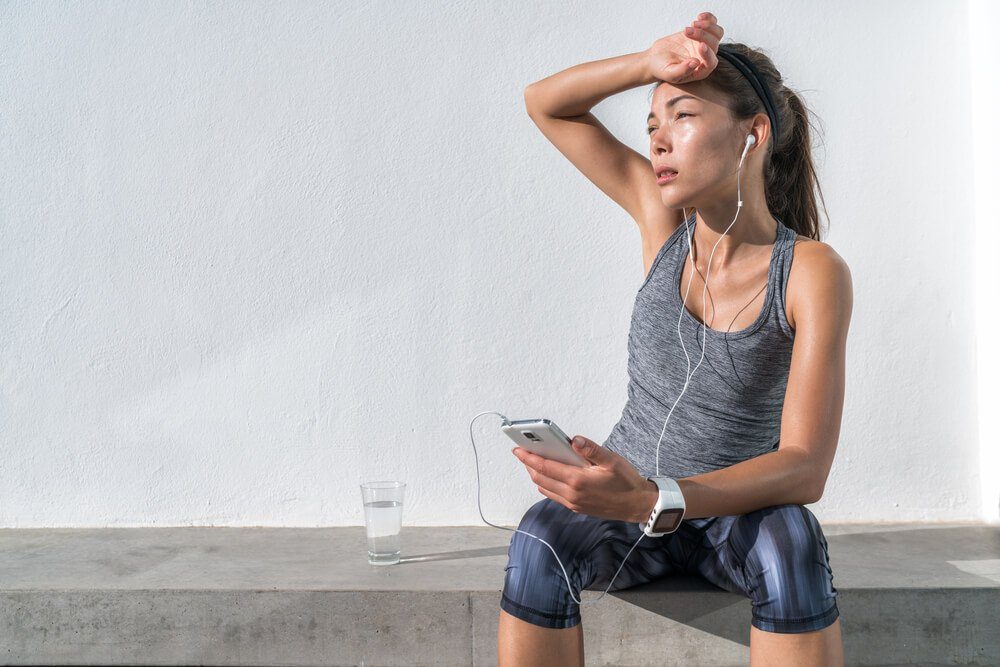
Intense exercise
Participating in intense physical activity can trigger a migraine attack. In a small study published in The Journal of Headache and Pain, researchers interviewed 103 migraine patients. Of those, 38 percent reported exercise-induced migraine. Post-exercise neck pain was the telltale symptom of an incoming attack. To avoid migraines, half of the patients said they stopped doing their exercise routine or sport. Since it’s a small study, it’s important to note the findings cannot be applied to the general population. But it’s worth noting for future research.
(Related: 6 Breathing Exercises for Anxiety That Can Help You Feel Calmer)
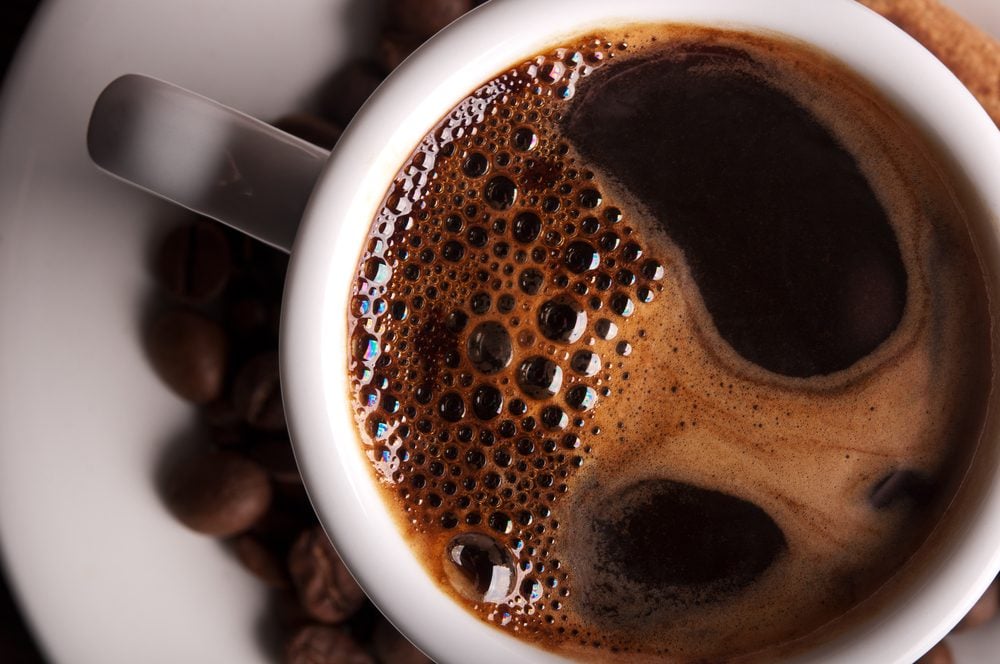
Caffeine
If you get migraines, you may be confused by the effect caffeine has on your head. Get too much, and it can trigger a migraine. But have a little when your head starts pounding, and it can alleviate your pain. “Migraine has an interesting relationship with caffeine. A bit can be beneficial, but too much can be disruptive,” Dr. Wilhour says. It’s important to be consistent with intake, in terms of both how much and the timing. The effects of caffeine withdrawal can trigger a migraine due to caffeine’s effects on a substance in the brain called adenosine, says a study published in The American Journal of Medicine in 2020.
There’s such thing as too much coffee for someone with chronic migraines. Dr. Wilhour advises her migraine patients to keep coffee to a single eight-ounce cup per day. Drink it before noon so that it doesn’t interfere with your sleep. “Caffeine can break a migraine,” she says. “So if you do an occasional second cup, drink it when you have a migraine.”
(Related: 8 Matcha Benefits That Will Make You a Tea Drinker)
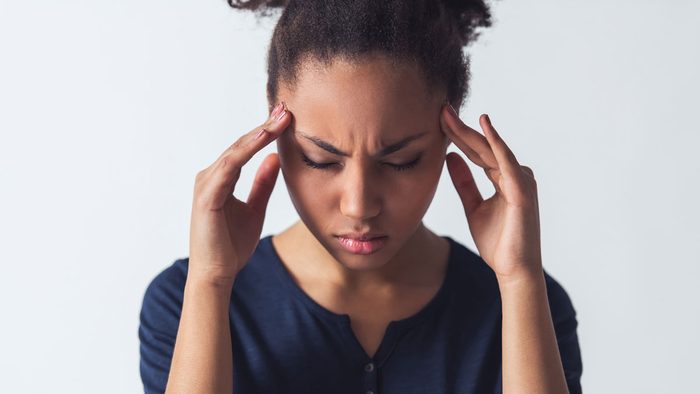
Foods
While any food can be a trigger, there are some that prompt migraines for a majority of migraineurs. Chocolate, milk, hard cheeses, processed and smoked meats, and alcohol—many of which are inflammatory foods—are all frequently cited by people with chronic migraines. These headache foods can affect neuropeptides and nitric oxide, expanding blood vessels and triggering a migraine pathway, Dr. Wilhour says.
Keeping a headache diary can help you identify patterns between what you eat (and other lifestyle habits) and when you get headaches. See a lot of dairy appearing on migraine days? That may be a trigger. Once you nail down the foods that trigger your migraines, you can reduce how much you eat—or avoid them altogether.
(Related: 8 Foods That Can Trigger Migraines and How to Identify the Trigger)
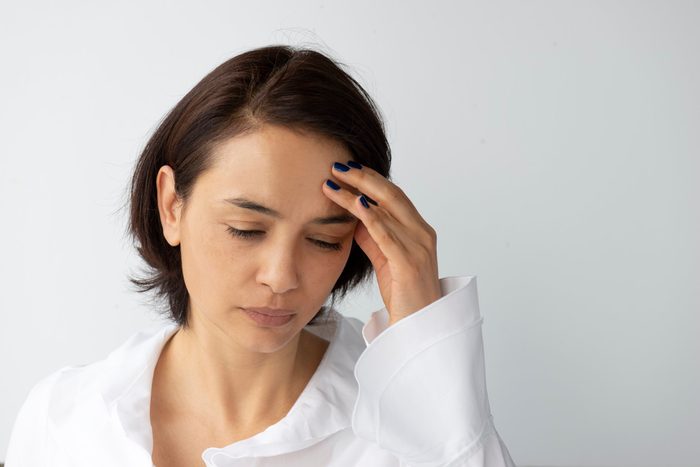
Food additives
You may notice that you’re especially sensitive to certain food additives, like monosodium glutamate (MSG) and artificial sugars such as aspartame. Like the foods above, their inflammatory nature may set the stage for a migraine, says Dr. Wilhour.
(Related: What You Need to Know About Processed Meat)

Irregular mealtimes
Avoid skipping meals or waiting too long to eat. Low blood sugar may also contribute to migraines. Dr. Wilhour advises eating small meals throughout the day to keep your blood sugar balanced.
(Related: 6 Most Surprising Healthy Brain Foods)
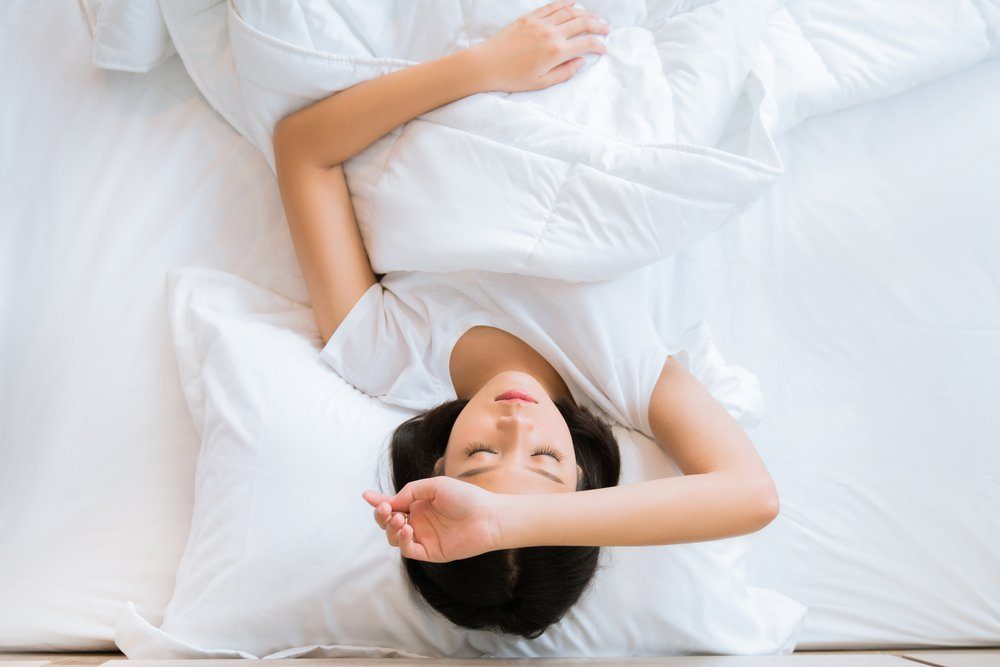
Weekends
You might wait all week for the weekend only to suddenly be out for the count with a headache. What is going on? “There is a phenomenon called let-down stress migraine. It’s almost like adrenaline takes you through your busy week and then when you finally can take it easy, you get a migraine,” explains Dr. Wilhour.
(Related: Got a Stiff Neck? Here Are 10 Home Remedies for Neck Pain)
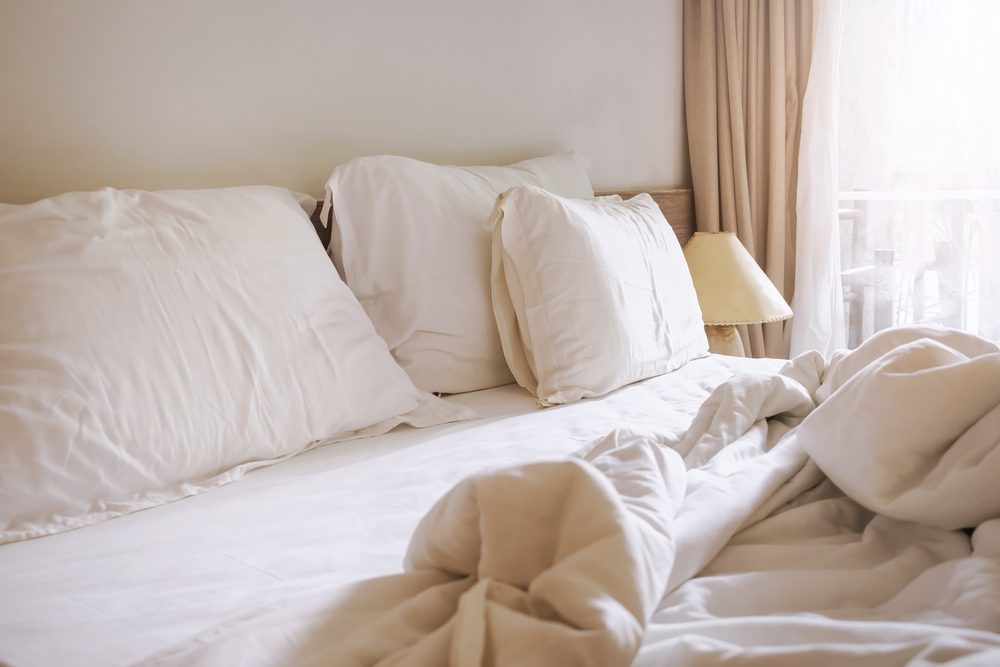
Irregular sleep schedule
Keeping a regular daily schedule is key to preventing attacks. An irregular sleep schedule or jet lag can be detrimental. “I advise patients to go to bed and wake up at the same time, even on weekends. There’s an inclination to sleep in, but that can trigger some patients,” Dr. Wilhour says. What’s more, adds Dr. Diamond, some people try to sleep off a migraine by napping in the middle of the day. Sounds like a legit solution, but it can backfire by making it tougher to go to sleep at night. That can set you up for another migraine down the line. If you’re going to nap, Dr. Diamond says, don’t nap for more than 45 minutes to an hour.
(Related: 4 Sleep Hacks to Make Sure You Get Your Vitamin Zzz)

Overuse of headache meds
Even though medications like non-steroidal anti-inflammatories (NSAIDs), or ibuprofen, get rid of headaches for many people, taking these more than two or three days a week may actually cause a headache. It’s called a rebound headache, and it’s similar to a withdrawal. To prevent medication overuse headaches, focus on preventing migraines from happening in the first place. Avoid triggers as much as you can and talk to your doctor about possible preventive migraine medication. According to 2019 research in The Lancet Neurology, they may help.
(Related: 12 Things Your Doctor Might Not Tell You About Pain Medication)
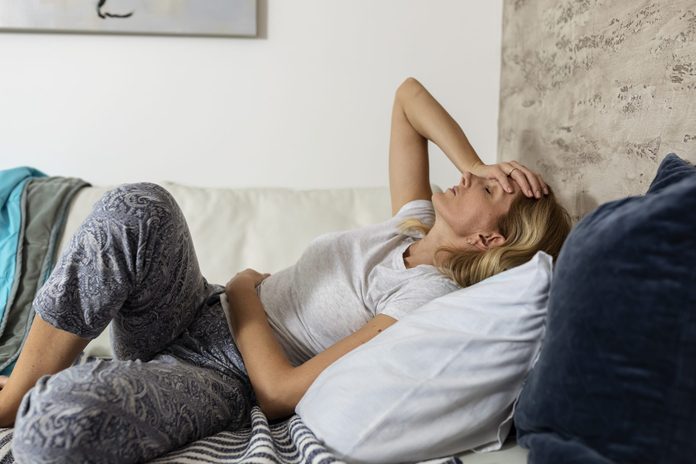
Menstrual cycle
Hormonal changes during menstruation, specifically a drop in estrogen before your period, can bring on migraines. You may also find that some of the migraine medications you use are less effective during menstruation than other times of the month. Talk to your doctor about other treatment options, including prescription medications like triptans, which treat migraine once they start. They’re available in nasal, oral, and injectable forms.
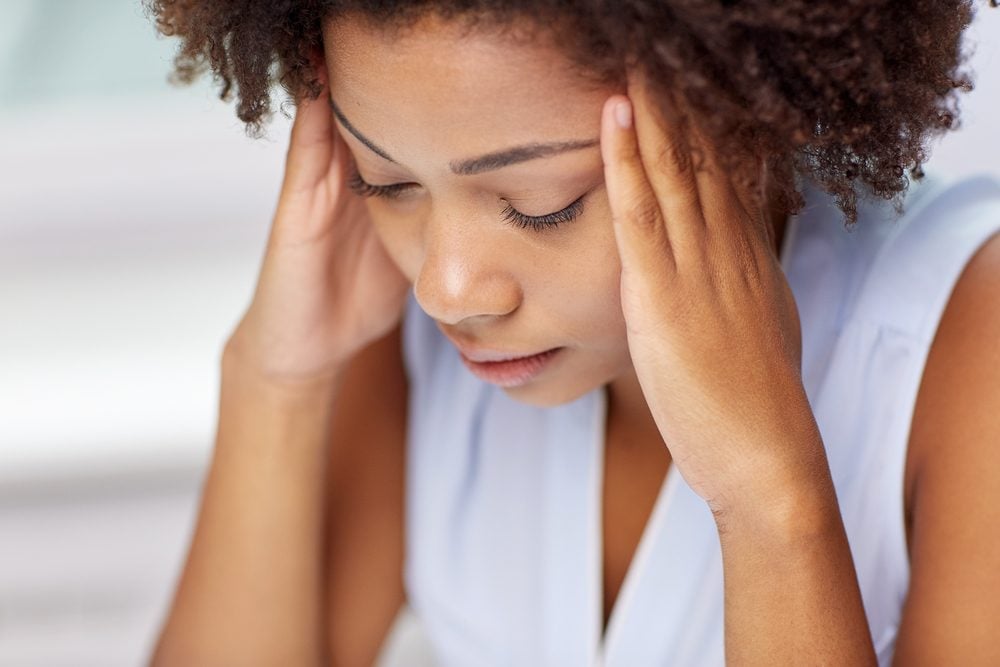
Smells
Strong or unusual odors can trigger migraines. This intolerance of (or aversion to) smells is known as osmophobia. A 2017 study in Advanced Biomedical Research found that odors related to food, cigarette smoke, or perfume were among the most commonly reported scent triggers for a migraine attack. It’s believed that these odors cause the nerve receptors in your nasal passages to react to the scent and thus induce a migraine. Sometimes it can make an existing migraine worse.
It may not be possible to avoid odors on those around you, but it’s best to avoid spritzing yourself with heavily scented perfumes. You may also need to skip home fragrance sprays or scented candles.
(Related: 6 Effective Pressure Points for Headaches)
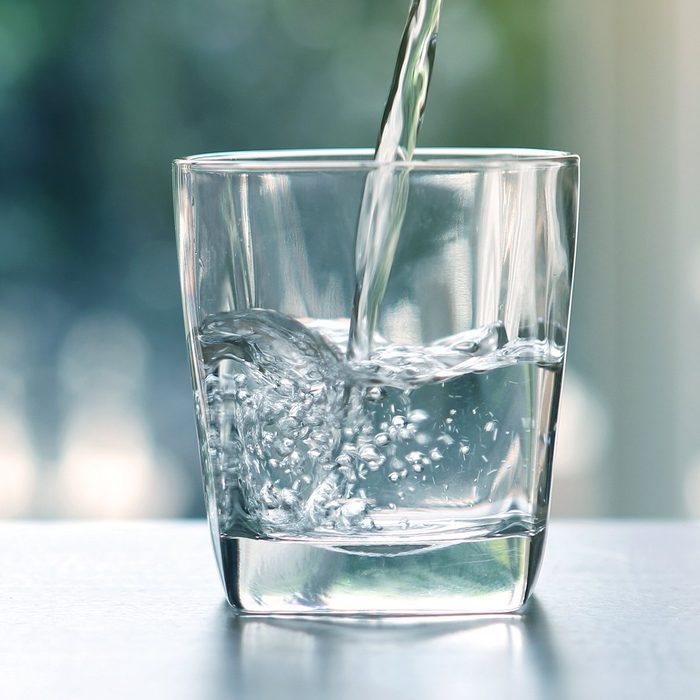
Dehydration
If you struggle with migraines, make sure you stay hydrated. The effects of dehydration include confusion, dizziness, and more. For people with chronic migraines, it’s best to carry water with you and make sure you’re getting a sufficient amount of fluids. You may also want to avoid diuretics to prevent dehydration.
(Related: Should You be Drinking Chlorophyll Water?)
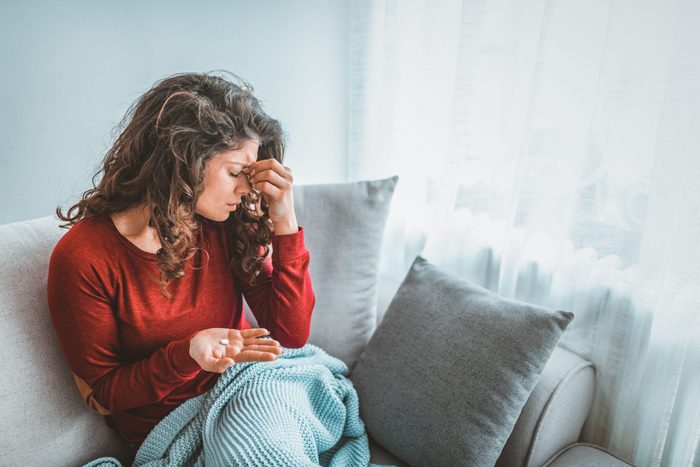
Light
You may notice your migraine episodes begin shortly after being exposed to bright lights. This is known as photophobia. Any sort of light may prompt an attack, including sunlight, flickering lights, and fluorescent lighting. If you get migraines, you may find it helpful to wear sunglasses outdoors and, when possible, avoid artificial lighting and flickering lights.
(Related: This Treatment Could Prevent the Tension Headache You Get From Staring at the Computer All Day)
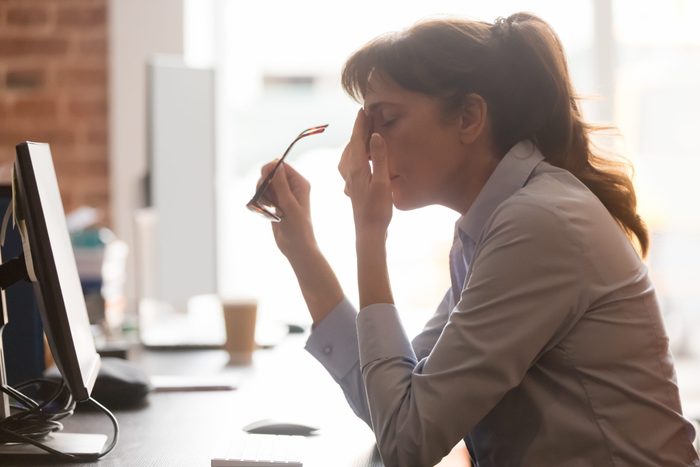
How to find help for migraine
If you experience migraines, whether occasional or frequent, your first step is to identify triggers. That’ll help you avoid future attacks. Keeping a headache journal can help you make the connection between the things you eat, drink, and do and the headaches you get. From there, get medical help. Your doctor can offer lifestyle tips for avoiding triggers and may prescribe headache medications to prevent and/or treat a migraine attack.
There are also great organizations dedicated to helping people with headaches learn about treatment and lifestyle changes and find support and community connection. One great place to start is the CHAMP coalition.
Next, this is what happens when doctors don’t listen to their patients.
